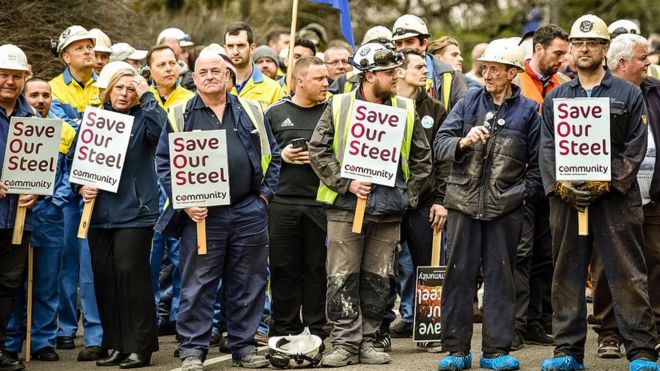The ascent and fall of Britain’s steel industry

For those of us who live somewhat before, the possibility that the British steel industry ought to be under risk is both well known and unbelievable.
In any case, now Tata Steel is arranging to offer its enormous works in Port Talbot and other UK interests and the spotlight is on the obvious long decrease of the British steel industry, and how it happened.
For steel was once one of the mainstays of British industry, one of the “telling statures of the economy” twice taken into state possession (at any rate to a limited extent) by Labor governments after World War Two, twice privatized by the Conservatives.
Somewhere in the range of 350,000 individuals were utilized in the steel division when it was nationalized by Prime Minister Harold Wilson in 1967, contrasted and around 30,000 at this point. Steel was at the heart of the new Europe in the post-war recuperation: the EU began life as the European Coal and Steel Community. Steel was key to manufacture war vessels and weapons, so it was a key industry. Steel was the manner by which a nation characterized itself.
What’s more, that appears to clarify the savage blasts and busts to which the business has been inclined for so long. It is characteristic for a nation when it is creating to put resources into new steelworks as it tries to make its own modern transformation (think Japan, South Korea then China).
Railroads, extensions and structures all need steel, and bunches of it.
Be that as it may, steel needs tremendous interests in impact heaters and moving factories to make an industry, and once raised they produce more mass-created steel than a creating nation can adapt to.
This tends to push down costs and incites new makers to discover new markets abroad for their steel. It’s a worldwide world.